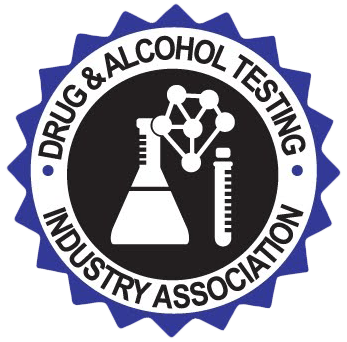
The effects of drugs and alcohol on the body can lead to significant changes in behaviour, perception, and physical control, creating a dangerous environment on Australian roads. Alcohol consumption, for example, slows reaction times and reduces coordination, increasing the likelihood of poor decision-making while driving (NRSPP, 2016). Similarly, drugs—whether prescription, over-the-counter, or illegal—can impair the central nervous system, impacting motor skills, attention, and response times (WHO, 2023). These physiological changes not only heighten risks for drivers but also for passengers and pedestrians, contributing to a significant proportion of road incidents each year.
Insights from 2023 Data
Brassets Group’s 2023 data provides a detailed view of alcohol and drug use patterns in Australia. Alcohol testing revealed a 50% detection rate, with results ranging from low-to-moderate consumption to excessive levels. This aligns with data from the Australian Bureau of Statistics (ABS), which shows that approximately one in five Australians over 18 years old admitted to exceeding recommended alcohol consumption guidelines (ABS, 2023). Furthermore, the National Drug Strategy Household Survey (NDSHS) 2022-2023 indicated that 7.6% of respondents drove after drinking alcohol (AIHW, 2024).
In terms of drug use, hair testing conducted in 2023 identified a 42% detection rate among those tested. ABS data further highlights that 18% of Australians aged 14 and over reported using illicit drugs during the 2022-2023 period (ABS, 2023). Roadside drug testing conducted in 2023 recorded 92,875 positive results from 421,217 tests, translating to a positivity rate of approximately 22.05%. These figures underscore the prevalence of drug use among drivers and its potential impact on road safety.
Alcohol and Road Incidents
Alcohol consumption remains a leading contributor to road fatalities in Australia, accounting for approximately 30% of fatal road incidents (NRSPP, 2016). The risk of a crash doubles with a blood alcohol concentration (BAC) over 0.05, and the likelihood of a fatal crash increases significantly with higher BAC levels. These findings underscore the importance of adherence to legal alcohol limits and the role of testing in reducing harm on the roads.
Drugs and Road Incidents
Drug-driving also poses significant risks, with varying levels of danger depending on the psychoactive substance involved. For instance, drivers who have used amphetamines face a risk of fatal crashes approximately five times higher than non-users (WHO, 2023). A population-based review of road trauma fatalities conducted in 2016 revealed that, over a decade, 51.9% of the 2,287 road deaths examined involved alcohol or other drugs. Of these, approximately 25% were attributed to substances other than alcohol (ScienceDirect, 2021).
Addressing the Challenge
The continued prevalence of alcohol and drug use among drivers highlights the need for comprehensive measures to improve road safety. Brassets Group’s data and national statistics underscore the importance of consistent testing, awareness campaigns, and targeted interventions to reduce the impact of impaired driving. By addressing both alcohol and drug-related behaviours, Australia can take significant steps towards creating safer roads for all.
References
Australian Bureau of Statistics (ABS). (2023). Alcohol consumption. Retrieved from https://www.abs.gov.au/statistics/health/health-conditions-and-risks/alcohol-consumption/latest-release
Australian Institute of Health and Welfare (AIHW). (2024). National Drug Strategy Household Survey 2022-2023. Retrieved from https://www.aihw.gov.au/reports/alcohol/alcohol-related-harms-and-risks
National Road Safety Partnership Program (NRSPP). (2016). Fact sheet: Drink driving. Retrieved from https://www.nrspp.org.au/resources/fact-sheet-drink-driving/
World Health Organization (WHO). (2023). Road traffic injuries. Retrieved from https://www.who.int/news-room/fact-sheets/detail/road-traffic-injuries
ScienceDirect. (2021). Population-based review of road trauma deaths. Retrieved from https://www.sciencedirect.com/science/article/abs/pii/S0001457520317255











